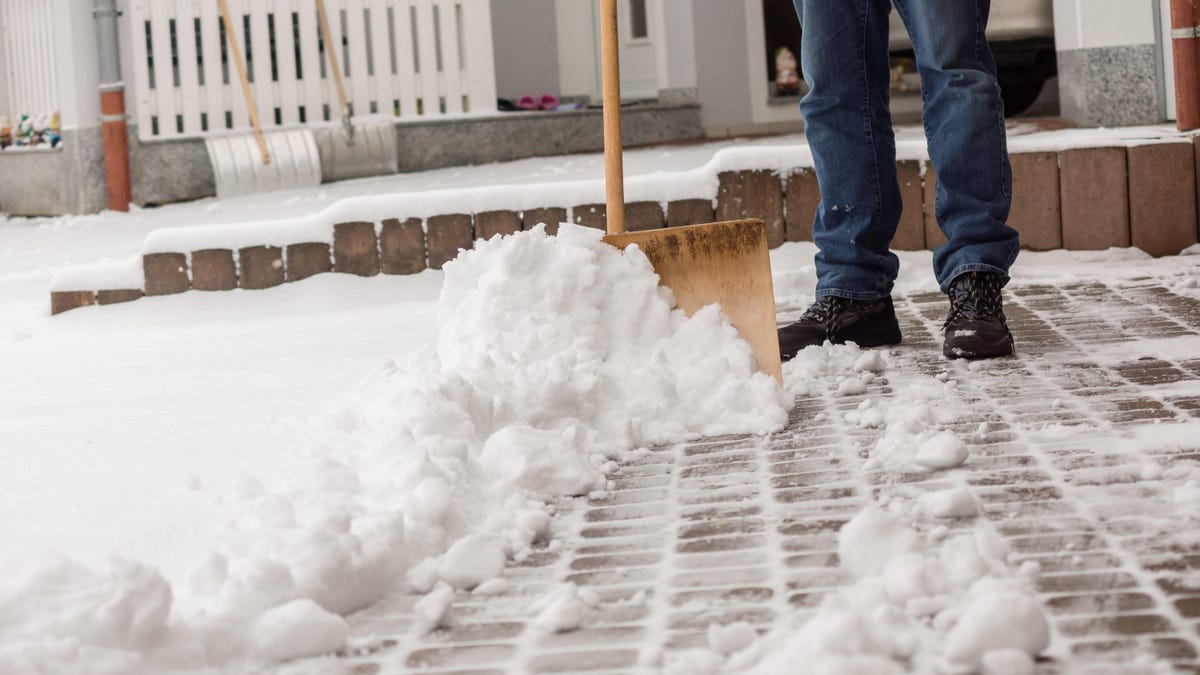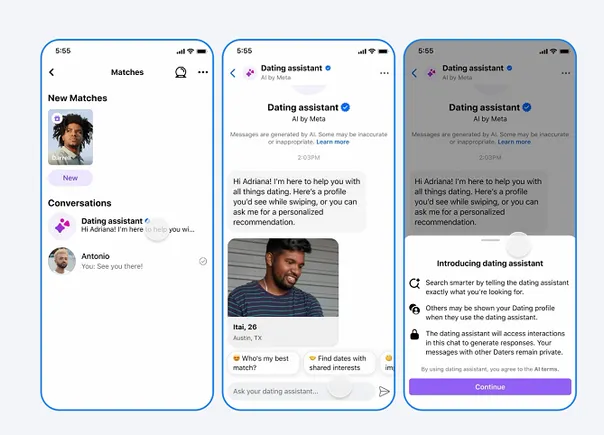Yes, You Can Really Have a Heart Attack From Shoveling Snow
You may have heard of people—elderly folks in particular—getting a heart attack from shoveling snow. But what’s so dangerous about shoveling? And is everybody at risk, or is this pretty rare? Here’s what you should know.Read more...


Photo: SKatzenberger (Shutterstock)
You may have heard of people—elderly folks in particular—getting a heart attack from shoveling snow. But what’s so dangerous about shoveling? And is everybody at risk, or is this pretty rare? Here’s what you should know.
Snow shoveling is hard exercise
The connection between shoveling and cardiac events is real. The American Heart Association cites several studies that found higher rates of heart attacks and sudden cardiac deaths after snowstorms. Shoveling is hard work, and it can cause your blood pressure and heart rate to rise far higher than levels that are considered safe for sedentary people with heart conditions. Cold temperatures also seem to make chest pain more likely, possibly because your arteries can constrict in the cold.
Who should check with a doctor before shoveling?
You may have heard the advice to check with a doctor before beginning an exercise program. We have more information on that here: most people don’t need to check with a doctor, but that depends on your medical history and on whether you intend to do intense exercise.
Since snow shoveling is intense exercise, it’s worth taking a look at those guidelines. If you have cardiovascular disease, diabetes, or kidney disease, and are currently not exercising intensely, you should check with a doctor before you start. That’s true whether the intense exercise you want to do is running, Crossfit, or shoveling six inches of snow from your enormous driveway.
Pushing a snowblower counts too
One surprising thing: The cautions around shoveling snow also apply to using a snowblower. Snowblowing turns out to also be serious exercise, even if, in theory, it should be easier because a machine is doing part of the work.
How to reduce your risk of heart attack
In a news release from the American Heart Association, the cardiologist who was the lead author on a paper on risks of exercise recommends that people who have had bypass surgery or coronary angioplasty, or who have already had a heart attack or stroke, should not do their own shoveling. He also includes current and former smokers, people who have diabetes, obesity, high blood pressure, high cholesterol, and people who are sedentary.
If you’re healthy enough that shoveling snow is reasonably safe, you may still want to take a few precautions to make shoveling easier on your body. Even though running a snowblower is hard work, it’s still easier than shoveling. And if you need to shovel, pushing a shovel is easier on your body than lifting it repeatedly.
I would add that it’s a game changer to shovel multiple times in a single snowstorm. Instead of waiting until you have six inches of snow on the ground, go out when there’s just two inches and it’ll be a breeze. Repeat that process two more times, and you’ll have a clear driveway without ever having to wrestle with ankle-deep snow.
Finally, be aware of how your body is feeling as you shovel, and stop if you don’t feel well. Or as the AHA put it:
if you experience chest pain or pressure, lightheadedness or heart palpitations or irregular heart rhythms stop the activity immediately. Call 9-1-1 if symptoms don’t subside shortly after snow removal.

 FrankLin
FrankLin 
































